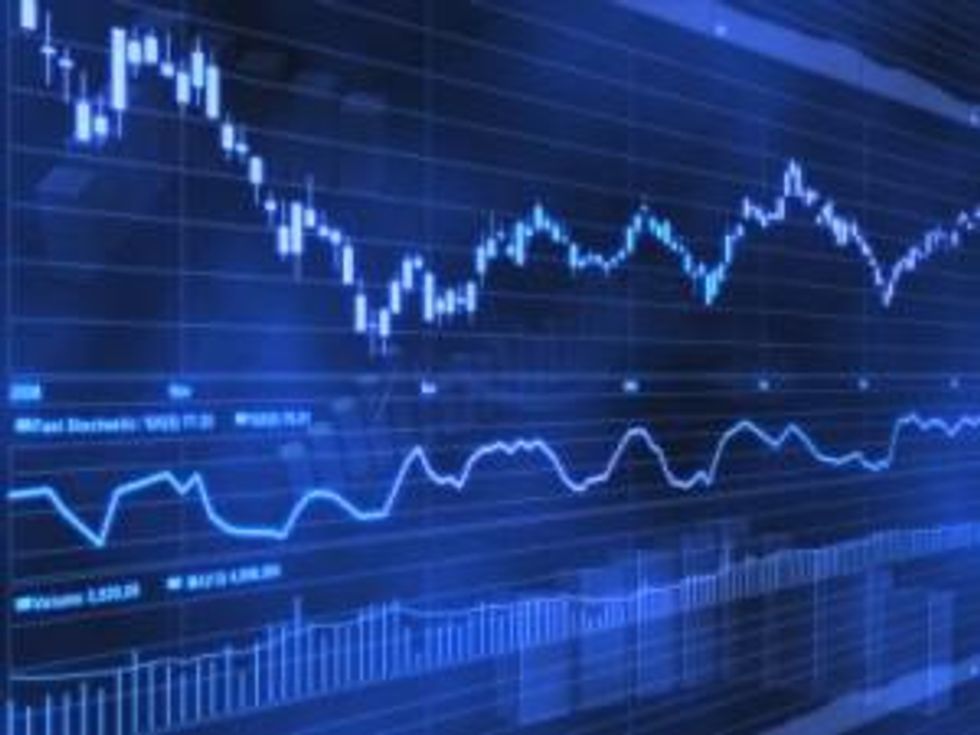The Market Vectors Rare Earth/Strategic Metals ETF has gained 10 percent in the last four weeks.
One investment vehicle that could be of interest is the Market Vectors Rare Earth/Strategic Metals ETF (ARCA:REMX). This fund, which invests in rare earth miners, not rare earth metals themselves, has grown in value by about 10 percent over the past month. Trading in a range between $9.93 and $14.47, the fund reached $11.72 per share on May 10 even though it has since slipped back about 5 percent to close at $11.05 on Friday in New York. While still trading below the 200-day moving average, REMX climbed above its 50-day moving average at the $10.98 mark.
The rare earths sector may not look to be an attractive place to park money right now considering the sluggish growth in the prices of rare earth oxides (REOs) over the past couple of years, but sector expert Luisa Moreno believes REOs are still higher than five years ago. Demand for the materials, used in everything from electric vehicles to cellular telephones and military applications, is expected to remain strong, she notes.
Here is Moreno, quoted in an interview with smallcapower.com:
“So, for example, lanthanum and cerium were about $2/kg to $3/kg in 2007 and in 2011, they were above $100/kg at one point. So the prices of some of the elements may have come down 60% to 90%, but in some cases, they’re still two and three times higher than what they were five years ago. Prices have come down and the stocks are down but the need for these elements has not changed. I believe the demand going forward is still going to be healthy.”
Investing directly in REEs is not possible, and given the price drops, is not a place investors want to be anyway. That leaves the miners, the explorers or the ETFs. One option could be to invest in Molycorp (NYSE:MCP) the US-based producer that is mining and processing rare earth elements from its Mountain Pass mine in California. A recent earnings report boosted Molycorp’s stock price by 31 percent, but as Rare Earth Investing News reported last week, shareholders should be cautious since the company is still losing money.
Then there’s Lynas Corporation (ASX:LYC), whose shares rose 16 percent, the BBC reported, after the National Front coalition in Malaysia, where Lynas is processing its rare earth elements, retained power in that country’s general election. But the Australian company has drifted down 9 percent in the last five days and in the past year, has seen its stock price shed 38 percent.
Nasdaq states that “an ETF approach could be a better idea to at least limit the significant risks in the industry,” noting that the fund doesn’t invest more than 9 percent in any one company, therefore investor risk is spread out. There is also diversification across regions, with a quarter of the fund dedicated to North American companies and the remaining holdings in Australia (16.9 percent), China (16.2 percent), Japan (10.2 percent), Ireland (7.2 percent), South Africa (5.9 percent), France (5.5 percent), Chile (5.1 percent), Brazil (4.9 percent) and Mexico (1.1 percent).
Top holdings include Iluka Resources (ASX:ILU), Kenmare Resources (LSE:KMR), Lynas Corporation, and RTI International Metals (NYSE:RTI). Around 10 percent of the companies in REMX have experienced insider buying within the past six months, which shows that confidence among key investors is building as they buy shares on weak prices, according to Forbes.
Motley Fool, however, recently warned that the fund has not been around for very long (since October 2010), therefore it does not have a substantial track record to assess. The site also notes that due to REMX’s small size, investors should be careful of large spreads between bid and ask prices, and should consider using a limit order when buying in.
Securities Disclosure: I, Andrew Topf, hold no direct investment interest in any company mentioned in this article.
Related reading:
